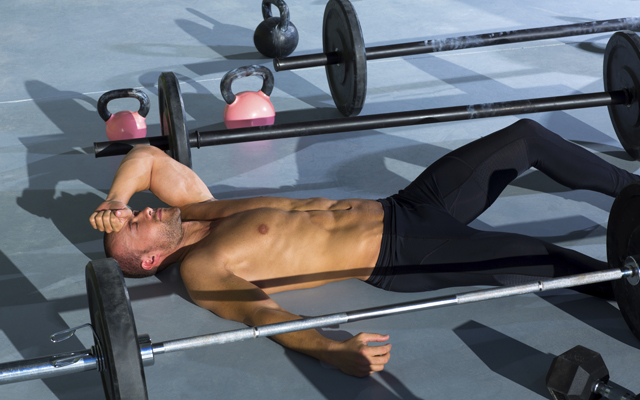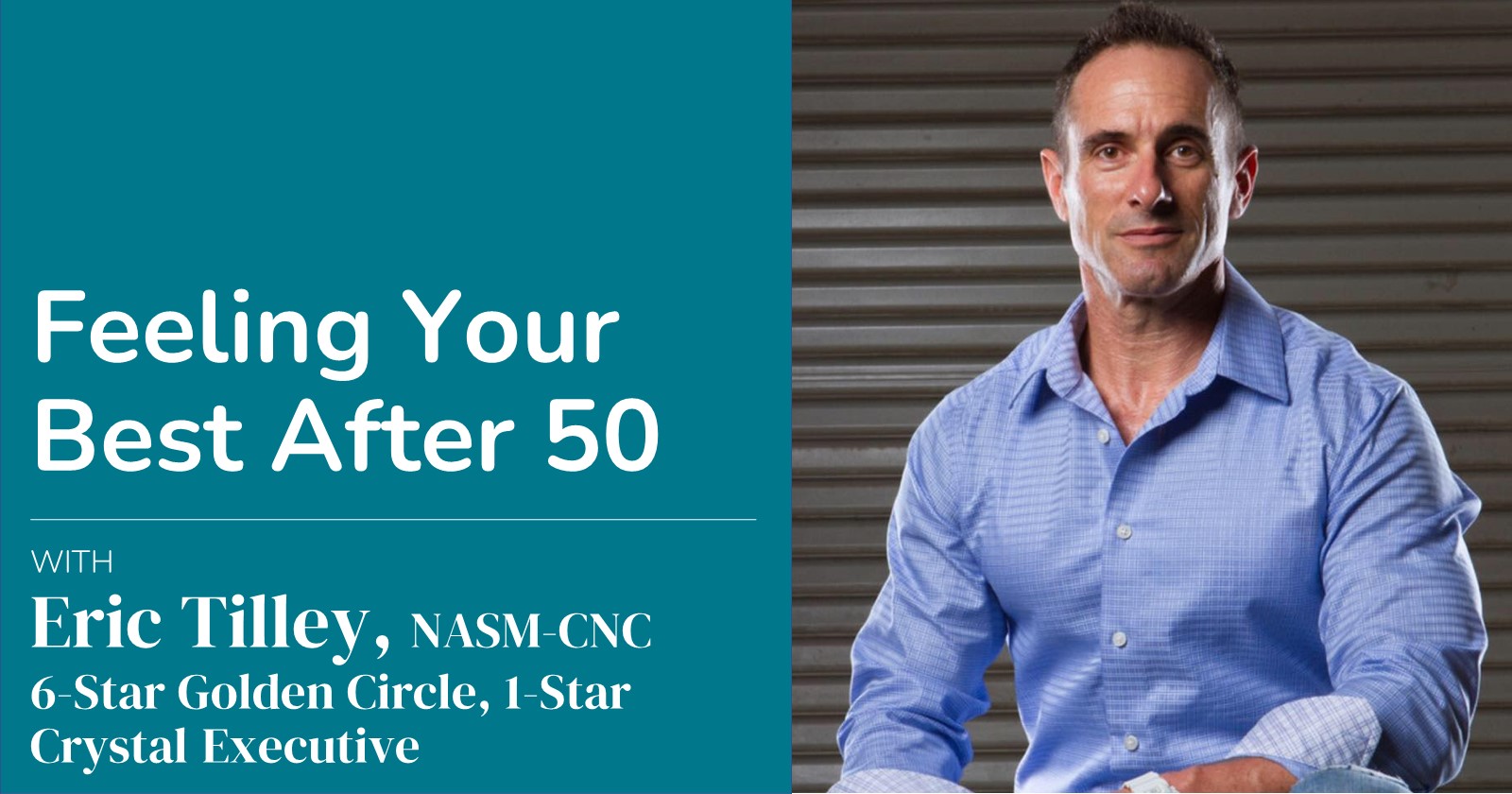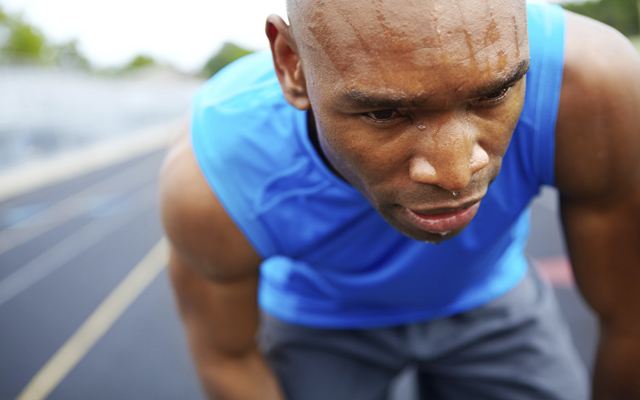Athletes need sufficient energy and nutrients to fuel training.
Athletes don’t diet and exercise, they train and fuel for performance. Think of it this way: Say you’ve bought yourself an expensive, new car. How often would you let that fine machinery run on empty? You wouldn’t. You’d make sure to keep its engine fueled and running with only the best.
What about your body? Under-fueling and over-training occurs all too frequently amongst both female and male athletes (1;2). Constantly allowing the body to run on a low or empty tank can be just as problematic for athletes. Athletes who take too much time off from training, prolonging recovery, and having an overall lack of progress can result in an impaired internal metabolic engine.
Fueling Your Engine
Everyone is different and has a unique set of energy requirements (3). Running low on nutrient intake will lead to poor performance, lower metabolism, and an unhealthy relationship with food. As an athlete, keeping your fuel tank filled with nutrient-rich foods and using proper supplements will have you arriving at your performance destination on time and without metabolic (or engine) damage.
For an athlete, the main emphasis for exercise is to train and improve performance. This translates into feeling good, building muscle, and perfecting form. Exercise should never be punishment.
Nutritional Guidelines to Fit Your Workout
While energy needs vary across sports, age groups, and gender, here are some useful guidelines from the American College of Sports Medicine (ACSM) and the American Dietetic Association (ADA) for athletes who are training hard on a regular basis:
- Carbohydrate intake should range from 2.75 to 4.5 grams per pound (6 to 10 grams per kilogram) of body weight per day.
- Protein for endurance athletes should range from .55 to .64 grams per pound (1.2 to 1.4 grams per kilogram) of body weight per day.
- Protein for resistance and strength-training athletes can be as high as .75 to 1 gram per pound (1.6 to 2 grams per kilogram) of body weight per day.
- Fat intake should not be restricted to less than 15 percent of energy from fat, because there is no performance benefit compared with 20 percent to 25 percent of energy from fat (4).
Both the ACSM and ADA stress the importance of consuming nutrients for ideal training and performance (4). Before training, a meal or snack should provide fluid to maintain hydration, be relatively low in fat and higher in carbohydrate to maximize maintenance of blood glucose and be moderate in protein. During exercise, the primary goals for nutrient consumption are to replace fluid loss and electrolytes while providing carbohydrate (a minimum of 16 grams per hour) (5). After exercise, you’ll want to consume a combination of high-quality and easily digestible protein and carbohydrates. The goal is to provide adequate energy and carbohydrates to replace muscle glycogen to help ensure rapid recovery.
Under-Eating Does Not Equal Success
What you eat will directly translate into your performance in training and competition. In fact, attempts to cut body fat by many weight-conscious athletes through overtraining or over-restricting food can often backfire (6, 7). For example, according to a study on the eating patterns of elite runners and gymnasts, athletes who routinely under-ate during the day had higher body fat than those who fueled evenly throughout the day (7). In another study investigating elite female swimmers, those who restricted food intake had a lower metabolism and a higher body fat compared to those who ate 700 Calories more and ate adequately (5). Moreover, those who restricted food did not lose any weight over the 12-week study and were 10 percent slower in their race (8). Delaying eating or trying to lose weight through over-exercising should not be a part of any training routine.
Your body needs fuel to function. For athletes who train intensely, proper energy intake is critical for performing well and physically adapting to training. After all, what is the point of training if it isn’t helping you improve your performance or change your body for the better? Proper energy intake is crucial. Energy needs are based on your resting metabolic rate, daily activities, and purposeful exercise. Yes, it’s certainly possible to cut weight without sacrificing athletic training. On an Isagenix system, for example, it’s just a matter of customizing Shake Days to fit specific energy needs for strength and performance.
References
- Manore MM. Chronic dieting in active women: what are the health consequences? Women’s Health Issues 1996;6:332-41.
- Riebl SK, Subudhi AW, Broker JP, Schenck K, Berning JR. The prevalence of subclinical eating disorders among male cyclists. Journal of the American Dietetic Association 2007;107:1214-7.
- Burke LM. Energy needs of athletes. Canadian Journal of Applied Physiology 2001;26:S202-S219.
- American College of Sports Medicine, American Dietetic Association. Joint Position Statement: nutrition and athletic performance. American College of Sports Medicine, American Dietetic Association, and Dietitians of Canada. Medicine and science in sports and exercise 2000;32:2130.
- Jeukendrup AE. Carbohydrate intake during exercise and performance. Nutrition 2004;20:669-77.
- Eichner ER. Overtraining: consequences and prevention. Journal of sports sciences 1995;13:S41-S48.
- Deutz RC, Benardot D, Martin DE, Cody MM. Relationship between energy deficits and body composition in elite female gymnasts and runners. Medicine and science in sports and exercise 2000;32:659-68.
- VanHeest JL, Rodgers CD, Mahoney CE, De Souza MJ. Ovarian suppression impairs sport performance in junior elite female swimmers. Medicine and science in sports and exercise 2014;46:156-66.





